 When I first opened The Paragon School of Pet Grooming in 1991, I had to be licensed by the Michigan Board of Education. Granted, it was not licensing for pet grooming – it was for ensuring students received consistent training in a safe facility. The licensing was primarily for their protection – not ours.
When I first opened The Paragon School of Pet Grooming in 1991, I had to be licensed by the Michigan Board of Education. Granted, it was not licensing for pet grooming – it was for ensuring students received consistent training in a safe facility. The licensing was primarily for their protection – not ours.
Was the set-up process challenging? Absolutely! We had to prepare, complete, and comply with all required:
- forms
- regulations
- rules
- fees
- documentation
- inspections
It was daunting, to say the least. To make it even more challenging, we have to renew our license annually. Each year we have to jump through all the hoops again.
I found the entire licensing process tedious. Frustrating. Annoying. Intimidating.
But you know what? In the long run it made us a much stronger business and a better school. It forced us to pay attention to details I might have missed. Those details could have put our pets, students, employees, and clients at risk.
Today, more than ever, I feel licensing is necessary. Regulations and licensing are put in place to protect the health, safety, and well-being of the consumer. They also set acceptable standards in each field.
Today, there are hundreds of occupations and businesses that are either licensed or regulated.
- accountants and CPAs
- real estate agents
- appraisers
- architects
- builders
- carnivals
- childcare
- collection agencies
- cosmologists and barbers
- engineers
- funeral directors
- landscape architects
- medical doctors
- chiropractors
- post-secondary schools
- ski areas
…and the list goes on and on…
So why should professional pet groomers be any different?
Professional pet grooming is similar to two other industries: cosmetology and childcare. Both are heavily licensed and regulated.
...And for good reason.
Licensing and regulation isn’t needed because things are going well. They happen because problems exist that need to be corrected.
 The idea of licensing within the pet grooming industry is not a new one. I still remember the efforts of Gregory Krisp and Kathy Rose 20 years ago. They were backed by the late Sally Liddick and Barkleigh Productions. They formed the Groomer Licensing Founders Committee in 1996. They were on the forefront of the licensing issue in our industry. Unfortunately, they were way ahead of their time. Their efforts fell upon deaf ears.
The idea of licensing within the pet grooming industry is not a new one. I still remember the efforts of Gregory Krisp and Kathy Rose 20 years ago. They were backed by the late Sally Liddick and Barkleigh Productions. They formed the Groomer Licensing Founders Committee in 1996. They were on the forefront of the licensing issue in our industry. Unfortunately, they were way ahead of their time. Their efforts fell upon deaf ears.
But some people were listening. Voluntary certification organizations were stepping up to the plate. They created comprehensive education and testing programs for groomers and stylists. Many states had strong professional groups that were hosting educational workshops. Ways to strengthen our profession were being developed from within. Voluntary licensing, testing, and continuing education were building in intensity.
I fully endorse setting mandatory regulations, standards – and ultimately licensing – for the pet grooming industry. But it needs to be on OUR terms, not by well-meaning individuals with no knowledge or understanding of what they are attempting to regulate.
Ideally, pet industry leaders and professionals would work closely with individual states. As they work together, they would create regulation guidelines for professional grooming establishments that are realistic and attainable for any competent professional.
Carelessness has created situations in which dogs have been injured – or worse – in grooming salons around the country. Owners are up in arms… and they should be. If it was my pet – I would. If it was your pet – my guess is you would be, too. Wouldn’t you want to do something about the safety and well-being of pets left in a pet professionals’ care?
The State of California tried to pass licensing for professional groomers. That bill was not written by industry leaders. It would have been devastating if it had passed because it was drafted by people who did not understand our industry. Teri DiMarino and Judy Breton, acting with the newly formed California Professional Pet Groomers Association, Inc., won a Barkleigh Honors Award for their extraordinary work in getting that bill defeated. Texas, New Jersey, New York, and Massachusetts currently have bills in the works. Licensing for professional pet groomers is just around the corner for many states.
Luckily, we have a group on our side. Recently, the Professional Pet Groomers & Stylists Alliance was formed. According to a July 21, 2015 press release, “The PPGSA was created to harness the experience and expertise of the three major national pet styling associations, IPG, ISCC, and NDGAA to develop industry wide best practices.” They are working together with other industry leaders, associations, and major retailers to develop a set of suggested Basic Industry Standards. These standards could be presented to each state as licensing moves forward.
The primary focus of the PPGSA is on pet safety. Subject areas include:
- animal housing
- handling
- equipment
- products
- facilities and safe operations
- attentive animal care
The PPGSA will not offer any form of certification, testing, licensing, or regulations for our industry, but they are our voice. In other words, they have our backs when a bill hits YOUR state. They will be there to guide industry leaders – in each state – as bills are introduced. The Basic Standards will guide future legislation. It has been created to be used by any school, organization, or certification program. It can be enhanced to fit their unique needs and goals.
Regulations and licensing is definitely a challenge for any business. However, the time has come to seriously consider professional regulations for the pet grooming business in the United States.
If a bill is introduced to the State of Michigan to regulate professional pet grooming, I’ll be one of the first people to jump and help craft a workable bill. I hope you have the same attitude when the situation presents itself in your state.
What do you think? Are you prepared, worried? What do you think should be considered? Jump over to the Learn2GroomDogs Facebook page and tell us how you feel.
Happy trimming,


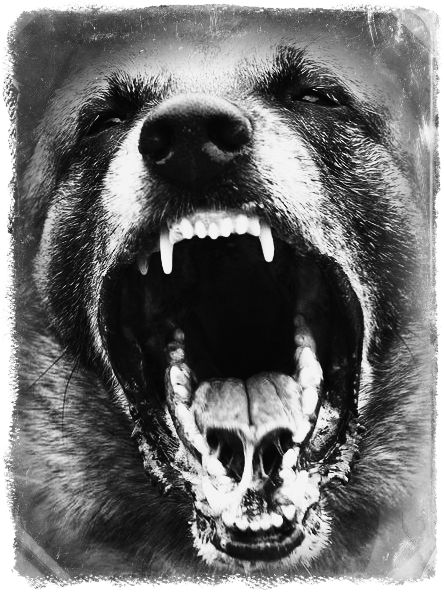
 Let’s face it. There are a host of things that could go wrong in any grooming salon even under the best of circumstances. We are working with live animals. Sharp instruments. High tables. Bathtubs. Dryers. Abrasive brushes. Stacked kennels. Slippery floors. The list of dangers working in every grooming salon is massive. Even in the best run salons.
Let’s face it. There are a host of things that could go wrong in any grooming salon even under the best of circumstances. We are working with live animals. Sharp instruments. High tables. Bathtubs. Dryers. Abrasive brushes. Stacked kennels. Slippery floors. The list of dangers working in every grooming salon is massive. Even in the best run salons. Weigh out the risks. Whenever you need to decline service to a client, it’s an uncomfortable situation. But the alternative is much – much worse. Telling an owner their pet has been seriously hurt or died in your salon it the most difficult task you will have to address. You want to avoid that at all cost – even if it makes the client angry or upset.
Weigh out the risks. Whenever you need to decline service to a client, it’s an uncomfortable situation. But the alternative is much – much worse. Telling an owner their pet has been seriously hurt or died in your salon it the most difficult task you will have to address. You want to avoid that at all cost – even if it makes the client angry or upset.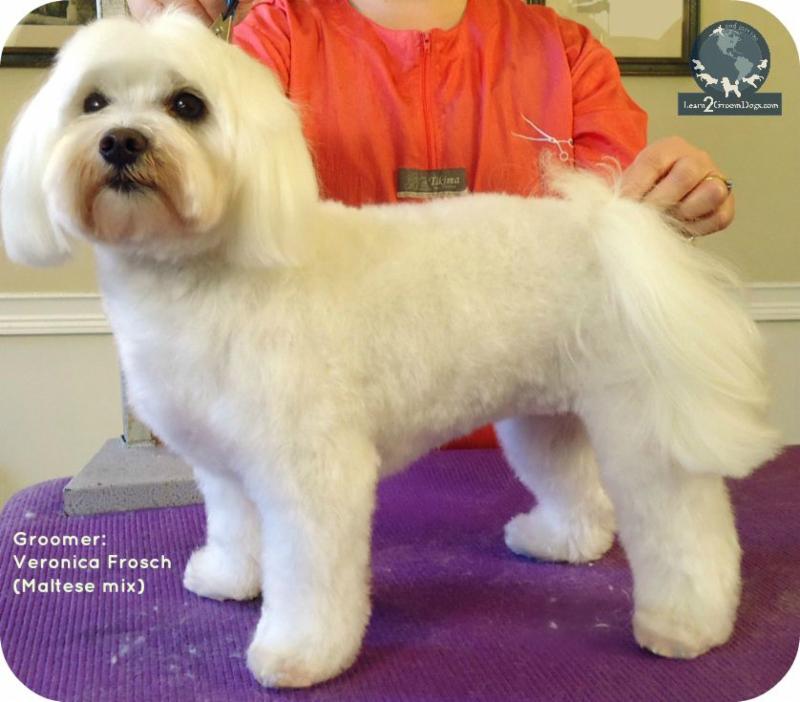 Don’t you love it when an owner walks into a salon and ask for this trim by name? They actually think this is a universal standard trim that all groomers and pet stylists should know how to do. When we start asking them questions, they get all huffy, thinking we don’t know how to do our jobs. Frustrating!! You and I know there isn’t a consistent right way to do a “puppy cut.” There are many – many variations!
Don’t you love it when an owner walks into a salon and ask for this trim by name? They actually think this is a universal standard trim that all groomers and pet stylists should know how to do. When we start asking them questions, they get all huffy, thinking we don’t know how to do our jobs. Frustrating!! You and I know there isn’t a consistent right way to do a “puppy cut.” There are many – many variations!
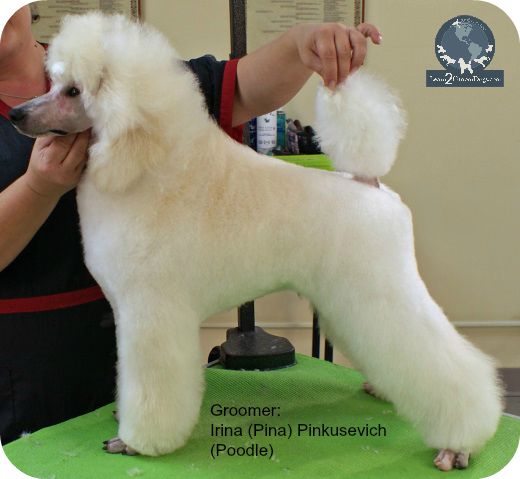 It’s important to keep this in mind, too: one person’s interpretation of a puppy cut might be that of a smooth-coated puppy. Think Boxer, Pug, or Beagle. Another person’s interpretation would be that of a fluffier breed like a Shih Tzu, Bichon, or Poodle. There’s also a big difference between a four-week old puppy and a ten-week old puppy in terms of coat growth.
It’s important to keep this in mind, too: one person’s interpretation of a puppy cut might be that of a smooth-coated puppy. Think Boxer, Pug, or Beagle. Another person’s interpretation would be that of a fluffier breed like a Shih Tzu, Bichon, or Poodle. There’s also a big difference between a four-week old puppy and a ten-week old puppy in terms of coat growth.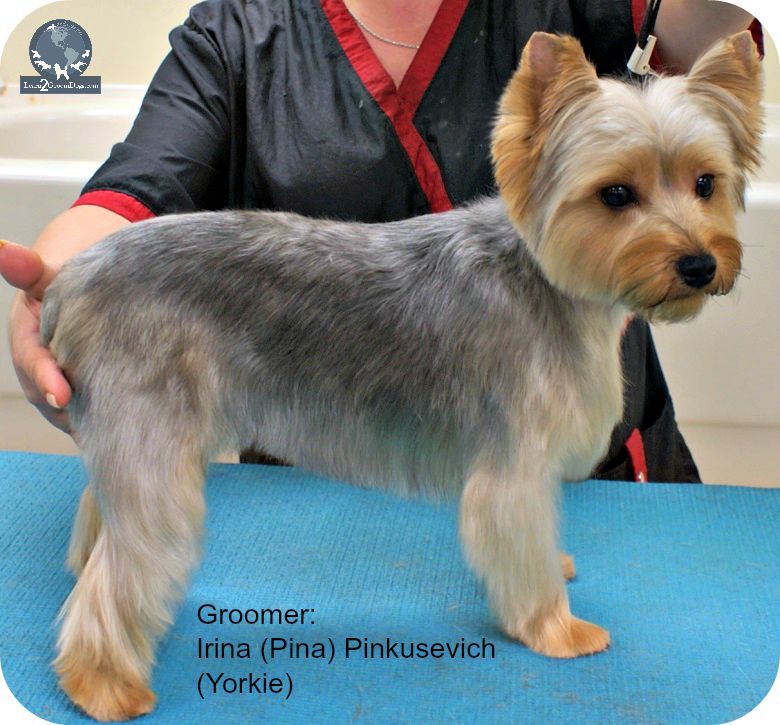 Here is a list of talking points when a new client request a “puppy cut.”
Here is a list of talking points when a new client request a “puppy cut.”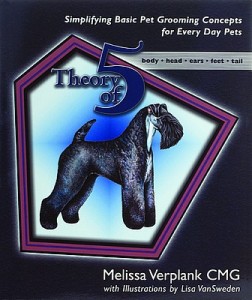 Take charge of the conversation and win over your clients by using The Theory of Five!
Take charge of the conversation and win over your clients by using The Theory of Five!
 Have you ever thought about what mismanaged time is doing to you and those around you? Let’s start with your health. Are you eating right or just grazing on whatever you can find? Are you sleeping well or enough? Is your body reacting to the stress with pain, skin issues, or illness? What about your relationships with others? Are your irritable, impatient, and withdrawn? Are you missing out on family events? How much time do you get to spend with your friends? For that matter, when did you last take any time for yourself?
Have you ever thought about what mismanaged time is doing to you and those around you? Let’s start with your health. Are you eating right or just grazing on whatever you can find? Are you sleeping well or enough? Is your body reacting to the stress with pain, skin issues, or illness? What about your relationships with others? Are your irritable, impatient, and withdrawn? Are you missing out on family events? How much time do you get to spend with your friends? For that matter, when did you last take any time for yourself? Know when to ask for help
Know when to ask for help
 On leash, keep mild tension on the lead. Not so much that you are choking the dog, but enough so that you can control the pet. Once you know the pet, you will probably be able to relax the lead tension if they are mild-mannered and well-behaved. Adjust the tension of the grooming loop so that there is a very slight amount of slack when the dog is standing comfortably.
On leash, keep mild tension on the lead. Not so much that you are choking the dog, but enough so that you can control the pet. Once you know the pet, you will probably be able to relax the lead tension if they are mild-mannered and well-behaved. Adjust the tension of the grooming loop so that there is a very slight amount of slack when the dog is standing comfortably.
 Every pet is an individual with different physical and emotional characteristics. Some dogs receive clear directions and boundaries at home, making them very easy to work on in a professional setting. Other pets will not have the skills necessary to be well-mannered candidates in a professional grooming setting.
Every pet is an individual with different physical and emotional characteristics. Some dogs receive clear directions and boundaries at home, making them very easy to work on in a professional setting. Other pets will not have the skills necessary to be well-mannered candidates in a professional grooming setting. I love hearing success stories. I especially love it when they are grooming salon success stories!
I love hearing success stories. I especially love it when they are grooming salon success stories!
 I still remember this point in my life well. I absolutely loved grooming dogs, but I was barely getting by. I had no savings account. I had only one credit card with a very small limit. I worried every time I wrote a check – would it bounce? I could not afford health insurance. The only vehicle I could afford was my mobile grooming van. I drove it everywhere.
I still remember this point in my life well. I absolutely loved grooming dogs, but I was barely getting by. I had no savings account. I had only one credit card with a very small limit. I worried every time I wrote a check – would it bounce? I could not afford health insurance. The only vehicle I could afford was my mobile grooming van. I drove it everywhere.
 Grab a calculator, a sheet paper, and a pencil. It’s time to set some goals and do some simple math. This is a game I started playing very early in my career to hit my personal goals.
Grab a calculator, a sheet paper, and a pencil. It’s time to set some goals and do some simple math. This is a game I started playing very early in my career to hit my personal goals.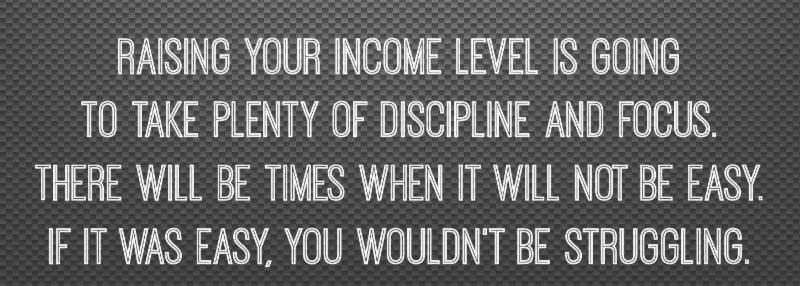 Raising your income level is going to take plenty of discipline and focus. There will be times when it will not be easy. If it was easy, you wouldn’t be struggling.
Raising your income level is going to take plenty of discipline and focus. There will be times when it will not be easy. If it was easy, you wouldn’t be struggling.

 It has been a long time since the last edition. With the AKC approving new breeds at a breakneck pace, it is nice to have an up-to-date (at least for the moment) reference. The AKC Complete Dog Book is the foundation of all great pet groomers and stylists. In comprehensive grooming schools around the country, it is the groundwork for the curriculum. It is at the root of every grooming competition. It is the foundation of every voluntary grooming certification program.
It has been a long time since the last edition. With the AKC approving new breeds at a breakneck pace, it is nice to have an up-to-date (at least for the moment) reference. The AKC Complete Dog Book is the foundation of all great pet groomers and stylists. In comprehensive grooming schools around the country, it is the groundwork for the curriculum. It is at the root of every grooming competition. It is the foundation of every voluntary grooming certification program. A client calls stating they own a breed that you have never groomed before. You’ve seen it at dog shows but have never had an opportunity to groom one. Or maybe you’ve never even heard of or seen the breed before.
A client calls stating they own a breed that you have never groomed before. You’ve seen it at dog shows but have never had an opportunity to groom one. Or maybe you’ve never even heard of or seen the breed before. Your next step is to look up the breed in reference books. If you have an American Kennel Club (AKC) Complete Dog Book (or a similar book from your country), start there. This will give you the official breed standard. Review the breed profile. Read about the history of the dog to gather clues about the dog. After a quick scan, you will have a good idea of the size, temperament, structure, and coat type of this new dog. Most will also have photos that accompany each breed. If you don’t have an official breed standard book handy, you can always look it up online.
Your next step is to look up the breed in reference books. If you have an American Kennel Club (AKC) Complete Dog Book (or a similar book from your country), start there. This will give you the official breed standard. Review the breed profile. Read about the history of the dog to gather clues about the dog. After a quick scan, you will have a good idea of the size, temperament, structure, and coat type of this new dog. Most will also have photos that accompany each breed. If you don’t have an official breed standard book handy, you can always look it up online.